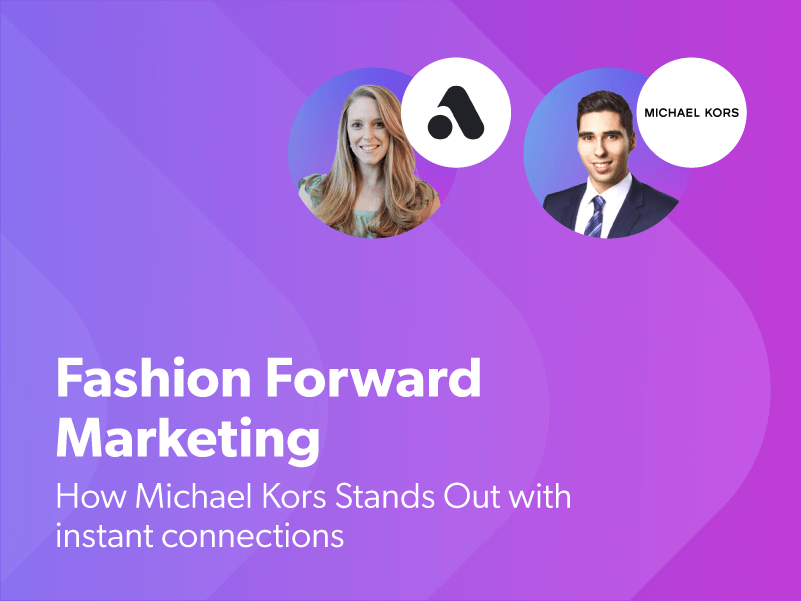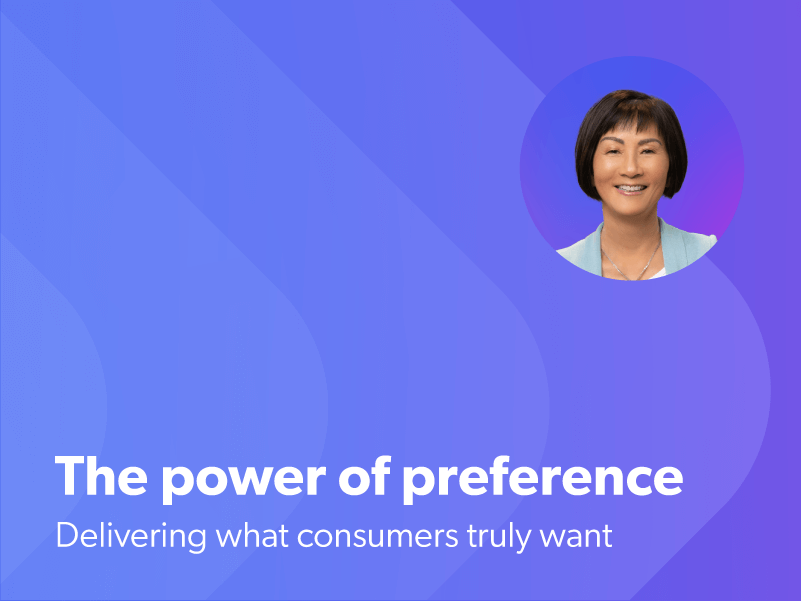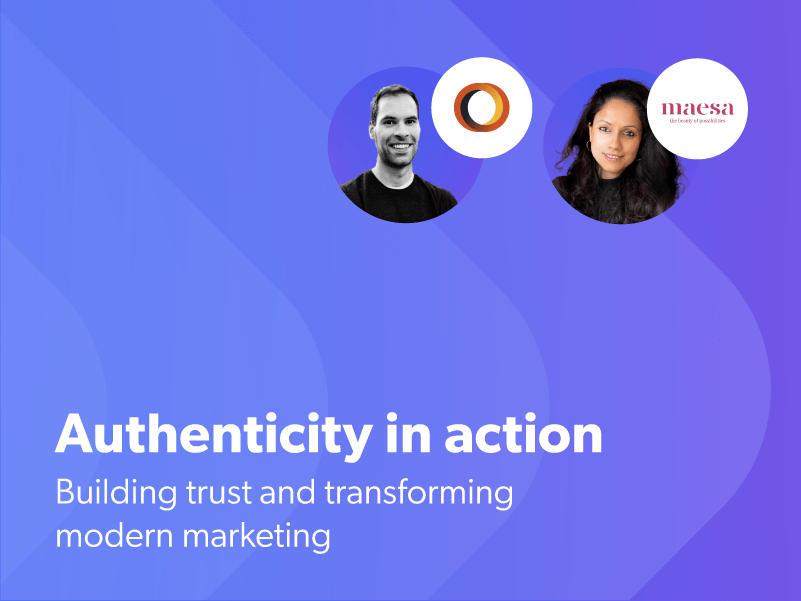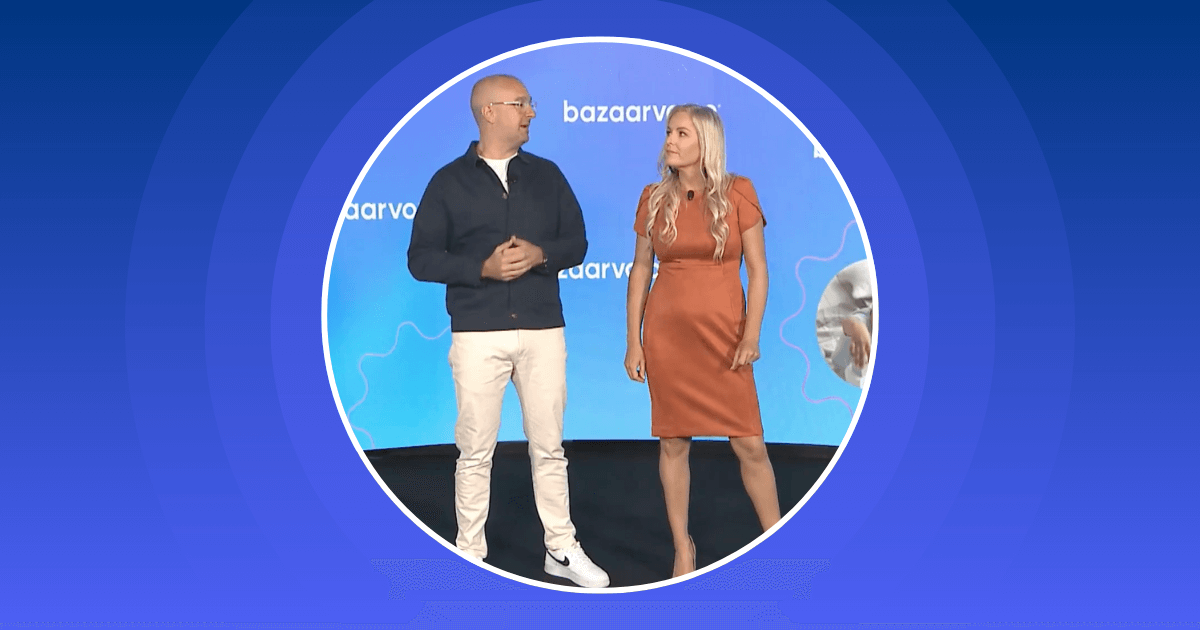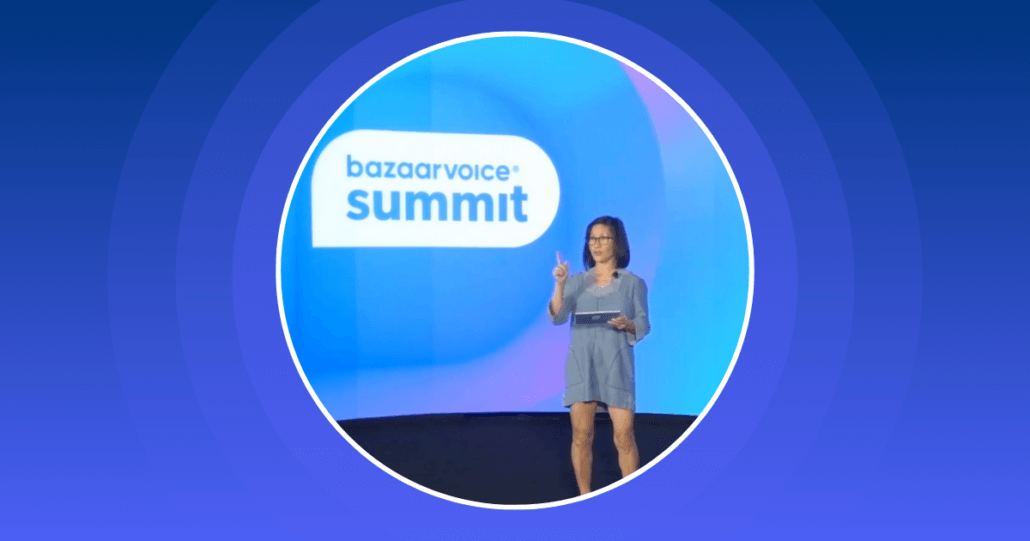April 4, 2025
Speed, scale, and quality in content creation — are you finding it challenging to balance all three in your full-funnel marketing strategy?
At the Bazaarvoice Summit 2025, industry leaders from Lowe’s, Beko, Michael Kors, and Motorola confronted this challenge directly, sharing strategies to excel in e-commerce, customer engagement, user-generated content (UGC), and social commerce.
From creator partnerships to placing the right content on PDPs and retail media networks, here are 10 essential takeaways to help you meet the rising demand for authentic, high-performing content without sacrificing efficiency or credibility.
1. Trust is the currency of modern commerce
Trust is fragile. It’s built over the years but easily lost, as Douglas Straton, Chief Customer Evangelist and Retail Growth Officer, Bazaarvoice, exemplifies with the phrase “trust arrives on foot and leaves on horseback.”

From Straton’s keynote to the authenticity panels, trust emerged as a foundational element in the wake of rising deception (e.g., fake reviews, deepfakes) — with experts advising to prioritize authentic voices — UGC, creators, and transparent policies — to build consumer confidence.
Building on that, Bazaarvoice is coming up with the Intelligent Trustmark for an industry-wide push to combat this trust crisis.
2. Retail media network is booming — Content is king
Retail media is booming, opening a full-funnel opportunity for brands. Projected to capture a third of digital media spending in three years and grow 22% annually, retail media requires creative quality and volume.

Especially for CPG brands, retail media is a must, according to David Feinleib, Founder and CEO, It’s Rapid and Jeff Malmad, Global Head of Commerce Media, Mindshare. Experts noted that 70% of effectiveness of retail media networks lies in creative quality, not just placement. Brands must produce high-volume, authentic content (e.g., UGC, PDP assets) quickly, leveraging automation to meet the demands of this full-funnel ecosystem.
3. Content creators are more than influencers, they’re content partners
Creator and influencer marketing thrive on trust and authenticity, driving engagement when executed well. Several speakers highlighted this in their sessions. Social consultant Jack Appleby showcased innovative partnerships like John Deere’s Chief TikTok Officer and UPS’s real-time influencer activations where brands hire content creators as platform-native evangelists.
Kenzo Mizumoto, content creator, and Maria Arbalova, consumer expert, emphasized how long-term partnerships and creative freedom enhance authenticity, engagement, and community in social commerce. For them, the key to creator marketing lies in genuine product usage, brand alignment, and creative freedom, ensuring content reflects a creator’s style rather than rigid brand briefs.

Mariana Rodrigues, Marketing Director, and Tatiana Pinto, UGC Marketing Manager at Beko Europe, echoed this sentiment, sharing that allowing 5–15% creative flexibility has been their success formula.
Beyond engagement, creators also build communities. Melinda Maria Spigel, Chief Creative Officer and Founder of Melinda Maria Jewelry, foster this through her “Live at Five” sessions, while Fintan Gillespie, Director of US Revenue Partnerships, Snap Inc., highlighted how Snapchat’s 100+ daily creator posts cultivate unfiltered, authentic connections.
4. Full-funnel strategies double performance
Full-funnel marketing strategies ensure content is optimized across awareness, consideration, and conversion, maximizing impact at every stage. Audra Carson, CMO of Crecera Brands, champions the “build, borrow, buy” model — building bottom-funnel content like features and reviews, borrowing assets from partners (e.g., manufacturer videos), and buying awareness content via agencies or influencers.
This approach streamlines resources while aligning with diverse marketing goals. Similarly, Lindsay Aiken, Senior Director of e-Commerce, The Coca-Cola Company, highlighted how UGC-driven sampling increased conversions by 30% across multiple platforms.

Retail media experts David and Jeff emphasized expanding beyond search into video and CTV, driving ad spend and sales through multi-format exposure. James Atkins of Motorola showcased how Bazaarvoice Vibe connects content creation to conversion, tracking ROI from reviews to purchases and replacing fragmented efforts with a more cohesive, performance-driven approach.
5. The Product Detail Page (PDP) is a powerhouse
The PDP is a crucial conversion driver, shaping consumer decisions and search algorithm performance. As Joanna Callahan, VP of Client Strategy and Insights at Bazaarvoice, noted, weak PDP content — lacking quality, quantity, or fresh reviews — can hurt ad effectiveness and sales. Strong PDPs, enriched with compelling product images, pricing details, and star ratings, directly influence rankings and conversions.
Retailers like Beko have boosted PDP engagement by integrating consumer social posts (e.g., Instagram), driving a 12% increase in click-throughs and higher bundle sales in pilots like Wibo France, now expanding to Hotpoint UK.
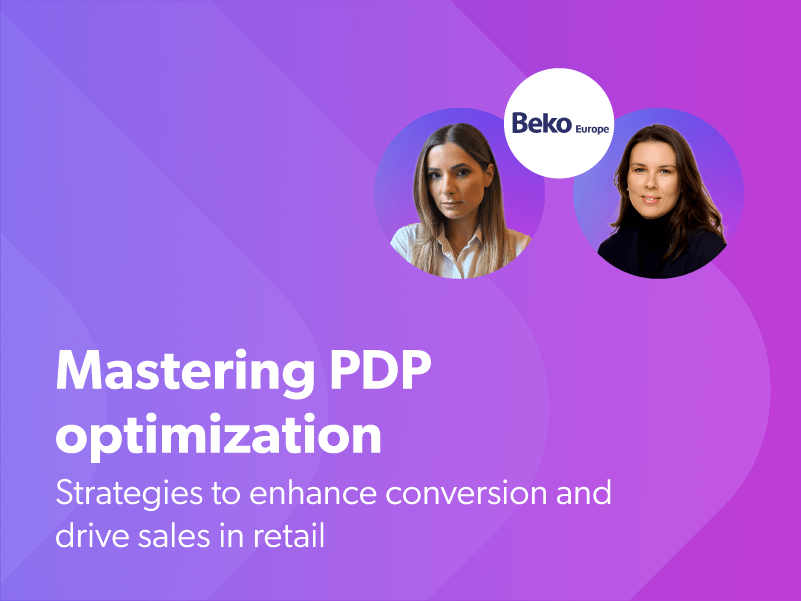
Retail expert Malmad underscored PDPs as retail media powerhouses, with local influencers amplifying social content to drive traffic. Carson (Crecera Brands), reinforced the importance of a strategic mix of content creation, curation, and partnerships, repurposing reviews in ads and leveraging influencer content on PDPs to enhance engagement and maximize ROI.
6. UGC powers purchase confidence and conversion
Across sessions, UGC stood out as a key performance driver, fueling purchase confidence and conversions. Ryan Fagan, VP of Digital, Lowe’s, mentioned how in-store shoppers scan barcodes to access real-time reviews, making user-generated content a crucial conversion tool.
Beko has gone all in on UGC, even creating a dedicated role to enhance authenticity and engagement. By integrating localized reviews, social galleries, and creator content, the brand has improved ratings, engagement, and sales, leveraging UGC for business insights.
Callahan, too, emphasized that pairing UGC and creator content with verbatim reviews and star ratings in ads can boost performance by 20-30%. Motorola’s James Atkins demonstrated this with a Bazaarvoice partnership, targeting a “magic number” of 100+ reviews (4+ stars) per product to build trust. Their sampling program, offering 50% off $1,000 devices, drove strong participation, generating high-quality UGC, including authentic photos and reviews.

Similarly, Carson (Crecera Brands) repurposed 500+ five-star reviews across Google ads, social media, print, and product guides, delivering a 25% sales lift within 24 hours and proving that UGC isn’t just a trust signal but a powerful growth engine.
7. Seamless omnichannel experiences are non-negotiable
Seamless omnichannel marketing connects digital discovery with in-store purchases, adapting to the nonlinear customer journey. Lowe’s and Beko Europe stress that today’s shoppers expect frictionless transitions across digital and physical touchpoints. Fagan (Lowe’s) highlighted the need to link these moments, like using in-store mobile access to UGC (e.g., barcode-scanned reviews) to boost confidence.

Beko focuses on balancing online purchases with in-store “touch and feel” needs, leveraging syndicated UGC across 60+ markets for consistency and conversions. With 7 in 10 of their shoppers visiting stores to experience products firsthand, UGC ensures seamless integration across D2C, retailer, and physical channels for them.
Retail experts noted that a frictionless experience enables purchases via QR codes, add-to-cart features, and strategic ad placements. But success in omnichannel marketing isn’t just about transactions. Lowe’s measures engagement through repeat visits, dwell times, and discovery moments, signaling long-term purchase potential.
8. AI-driven contextual commerce turns browsers into buyers
Contextual commerce transforms website visits into revenue by delivering tailored, behavior-based messaging. Frank Deck, Senior manager of product management, Ann Taylor used Bazaarvoice’s AI-driven tactics like “X people bought this” or “Low stock – act fast” for urgency, achieving a scalable 5-6% revenue-per-visit lift across all traffic, not just subsets.
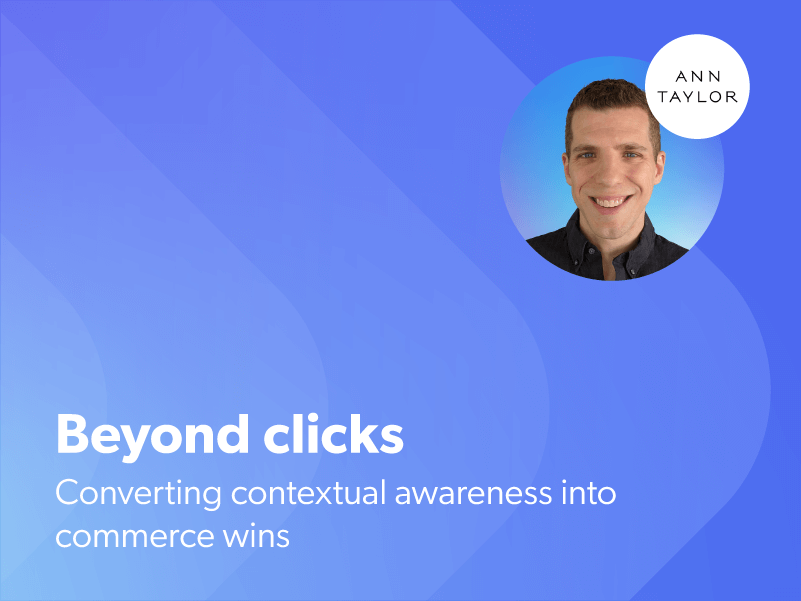
Tactics like ratings amplifiers and savings highlight target deal-minded shoppers, while “hidden gems” spotlight high-converting products, adding discovery appeal. A greater impact is visible when contextual commerce is integrated with UGC, according to Deck.
9. Social commerce thrives on experimentation
Social commerce thrives on authentic, community-led content and bold experimentation. Melinda Maria’s journey — from store-to-store sales to social media stardom — exemplifies this shift. Her “Live at Five” sessions, simple giveaways, have evolved into a storytelling hub where women share personal experiences, fueling organic word-of-mouth marketing that’s deeply impactful yet hard to quantify.
Melinda’s success with spoof ads and micro-influencer collaborations (moms) proves that experimentation outperforms traditional ads.
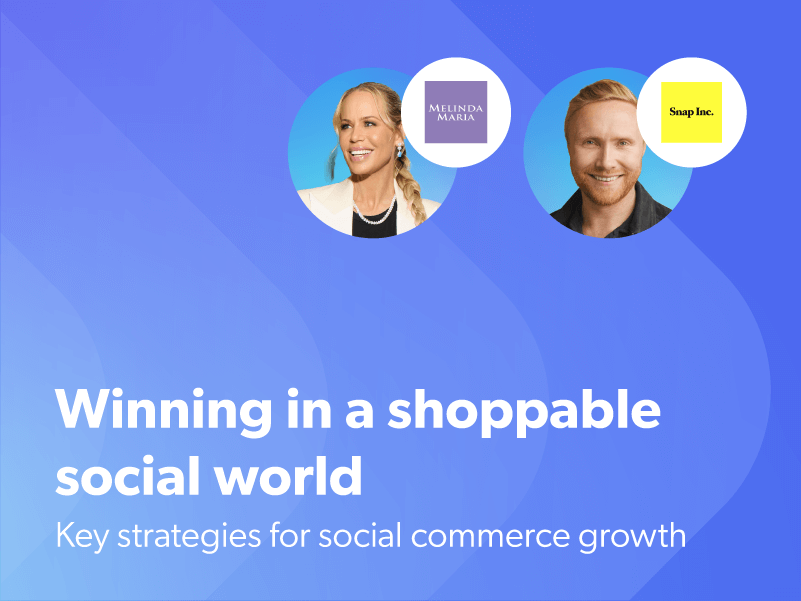
Snapchat’s Finton highlighted how trial and error with authentic content pays off, citing brands like Celsius, which gained 1M+ subscribers in 10 months through unfiltered user-generated content.
The panel underscored a shift from top-down, celebrity-driven campaigns to distributed, ambassador-led strategies. Today, brands seed products widely, track organic traction, and amplify what resonates—mirroring both Melinda’s grassroots scaling and Snapchat’s creator-driven content approach.
10. Negative reviews are opportunities, not threats
Oshiya Savur, Chief Brand and Marketing Officer, Maesa from the authenticity panel and Pinto (Beko) highlighted the power of transparency in building trust, emphasizing that brands should actively respond to 1-2 star reviews. Beko takes it further by using consumer feedback to refine products and improve guides, turning criticism into valuable business insights.
The Bazaarvoice Shopper Preference Report 2025 reinforces this point, revealing that shoppers continue researching until they feel confident in their purchase. They don’t just rely on a single source—they check multiple reviews, visit brand websites, consult friends, and explore social platforms before making a buying decision.
Watch more videos:
